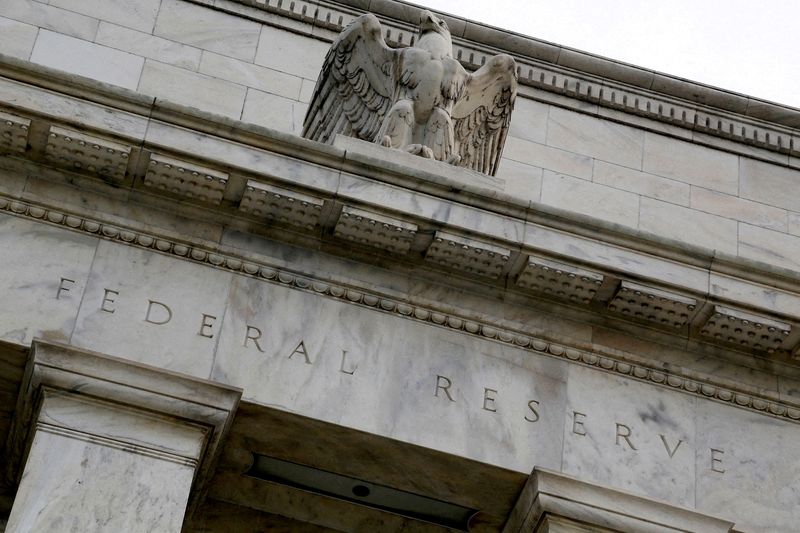How big is risk of recession in U. S.
2022.12.30 06:29

How big is risk of recession in U. S.
Budrigannews.com – According to a new report from the St. Louis Federal Reserve Bank, just over half of the 50 states in the United States are exhibiting signs of slowing economic activity, exceeding a crucial threshold that frequently indicates the onset of a recession.
The San Francisco Fed also examined the growing possibility that the U.S. economy may enter a recession at some point in the upcoming months in a report that was released on Wednesday.
According to the St. Louis Fed’s report, a “reasonable confidence” that the nation as a whole will enter a recession is provided by the fact that 26 states experience declining activity within their borders.
According to the bank’s current statement, 27 states experienced declining activity in October as measured by Philadelphia Fed data that tracks the performance of individual states. Even though it falls short of the numbers that have been observed in advance of other recessions, that is sufficient to indicate a coming downturn. For instance, the authors noted that 35 states experienced declines prior to the spring 2020 brief and sharp recession.
In the meantime, a report from the San Francisco Fed that was released on Tuesday made the observation that changes in the unemployment rate can also be a sign that a downturn is coming. This is a sign that has more near-term predictive value than the bond market yield curve, which is closely watched.
According to the authors of the paper, there is a highly reliable pattern in which the unemployment rate reaches its lowest point and begins to rise prior to a recession. According to the paper, when this shift occurs, the unemployment rate will indicate the beginning of the recession in approximately eight months.
The paper acknowledged that its findings are comparable to those of the Sahm Rule, which is named after former Fed economist Claudia Sahm, who pioneered research establishing a connection between an increase in the unemployment rate and economic downturns. The San Francisco Took care of examination, composed by bank financial specialist Thomas Mertens, said its development is to make the jobless rate change a forward-looking marker.
The U.S. unemployment rate has remained relatively stable thus far, and after reaching a low of 3.5 percent in September, it remained at 3.7 percent in both October and November. This is in contrast to the St. Louis Fed state data, which points toward a recession projection.
In its December forecasts, the San Francisco Fed predicted that the unemployment rate would rise next year as part of its campaign of aggressive rate hikes to reduce inflation. In 2023, the Fed sees the jobless rate bouncing up to 4.6% in a year where it sees just humble degrees of in general development.
According to the paper, “such an increase would trigger a recession prediction based on the unemployment rate” if the Fed’s forecast is correct. According to this viewpoint, when the unemployment rate is anticipated to rise, low unemployment can increase the likelihood of a recession.
SGH Macro Advisors’ chief economist Tim Duy stated that the economy would likely “lose roughly two million jobs, which would be a recession like 1991 or 2001” in order to achieve the Fed’s inflation goals.
The Fed’s forceful actions on inflation have fueled anxiety about the possibility of a recession in the economy. A lot of critics say that the central bank is too worried about inflation and not enough about keeping jobs in the United States. Officials at the central bank have countered that the economy will struggle to reach its full potential without price stability returning.
In addition, in the press conference that followed the most recent meeting of the Federal Open Market Committee earlier this month, the head of the central bank, Jerome Powell, stated that he did not consider the current Fed outlook to be a prediction of a recession due to the expectation that growth will continue to be positive. However, he added that a lot is still uncertain.
“I don’t think anyone knows whether or not we will experience a recession, or if we do, whether or not it will be severe. Simply put, it cannot be determined,” Powell stated.
More Turkey’s huge election expenses








